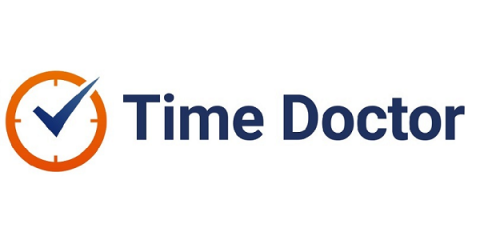Employee utilization rate: How to calculate and improve it
Do your employees always seem to be working hard, yet their total billable hours remain low? Tracking your employee utilization rate is essential for service providers that need to optimize resources and improve profitability. Not monitoring this metric means you could be doing a lot of work without many client deliverables or billable hours to show for it. How do you calculate this rate and keep it as high as possible?


